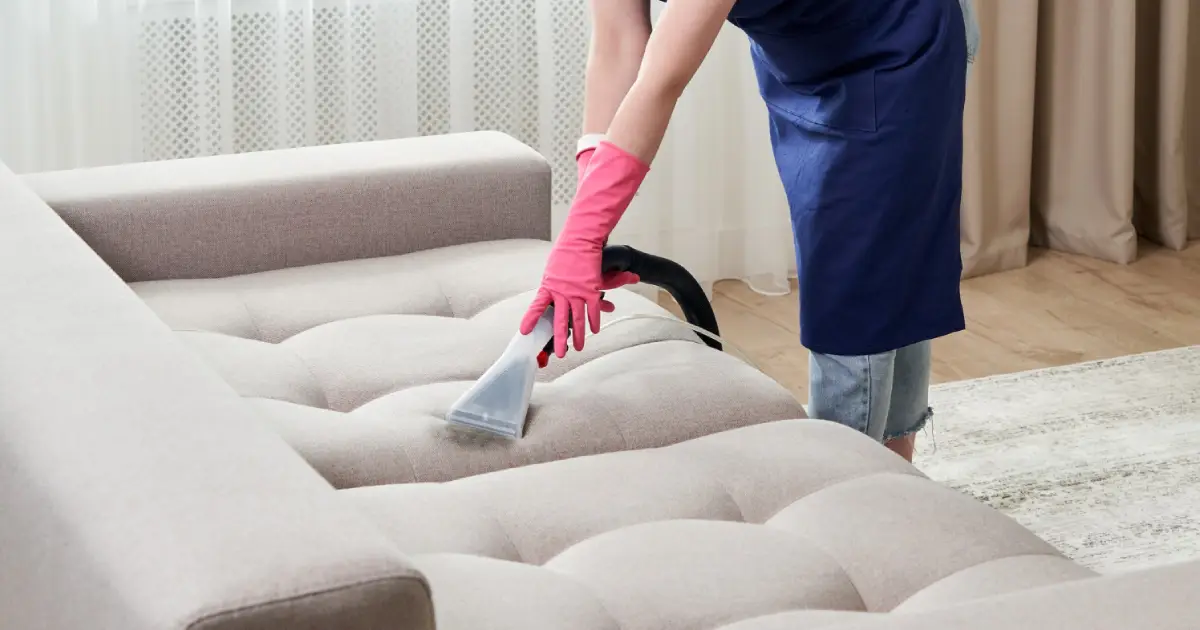
Introduction
During the winter months, our furniture, particularly upholstered pieces, plays a major role in creating a cosy atmosphere. Winter's arrival, however, also brings a rise in indoor activities, which can lead to a buildup of allergens, dust, and grime in our living areas. Due to the seasonal dirt and debris that is brought indoors, the increased allergens trapped in enclosed spaces, and the greater possibility of stains from winter activities, upholstery cleaning is essential throughout the winter. Regular cleaning supports a healthy, sanitary living environment by preventing premature wear, removing unpleasant smells, and eliminating stains. Additionally, it gets furniture ready for the following spring and summer months. Overall, winter upholstery cleaning prolongs the life of furniture, improves the quality of indoor air, and promotes family health.
Challenges of Upholstery Cleaning during Winter Months
The colder months necessitate a different strategy to maintain the cleanliness and integrity of your valuable furniture because of issues like dealing with muddy and wet footprints and the harm caused by indoor heating to fabric fibres. Among the biggest obstacles are:
- Drying Time: The air usually becomes more humid and the temperatures tend to be lower in the winter. After cleaning, this could significantly lengthen the time it takes for upholstery to dry. If moisture is not completely dried off, it could end up trapped in the fibres and result in the growth of mould and mildew. During winter cleaning, proper ventilation and the usage of drying equipment become even more important.
- Limited Ventilation: To save heat during colder months, people often keep their homes thoroughly shut leading to limited airflow. This insufficient airflow can make it difficult for cleaned upholstery to dry completely and may prevent the odours from cleaning solutions from dissipating. During the winter, it could be more difficult to maintain adequate ventilation.
- Set-In Stains: Winter stains from snow, slush, and salt can be extremely difficult to remove and quickly penetrate the fibres of upholstery. These stains may eventually prove difficult or even impossible to remove if not handled carefully and soon. To avoid stains that won't go away, take immediate action and use the right cleaning supplies.
- Moving the Furniture: Since we spend less time outside during the winter, we tend to utilise our furniture more indoors. It can be tough to move furniture to fully clean every surface, especially if the furniture is heavy and awkward to move on potentially slick surfaces.
- Snow and Mud: The winter season increases the amount of dirt, snow, and mud tracked within, making upholstery cleaning more difficult. To keep furniture surfaces clean, more frequent cleaning might be required.
- Delicate textiles: Some upholstery textiles may be more delicate and susceptible to moisture and cleaning agents, particularly in cold weather. Winter cleaning necessitates extra caution in order to prevent harming certain textiles and at the same time get good cleaning results.
Preparing Upholstery for Winter Cleaning
It may prove easier to ensure a quick and efficient cleaning process by preparing your upholstery for winter cleaning. You can guarantee that the winter cleaning process is efficient, and safe, and helps maintain the longevity and cleanliness of your furniture by doing a few preliminary actions. The following steps will help you get your upholstery ready for winter cleaning:
- Review the manufacturer's directions: To avoid damage, follow the upholstery manufacturer's recommended cleaning procedures.
- Vacuum: Thoroughly vacuum before the actual cleaning to get rid of any loose dirt and debris.
- Spot Test: You must compulsorily test cleaning solutions in a discrete area first to prevent fabric damage.
- Treat Spots Quickly: To stop spills and stains from setting, deal with them as soon as possible.
- Gather the supplies: Ensure that all required materials, such as the right cleaning agents and equipment, are available.
- Check for Removable Covers. If there are removable covers, you might want to machine wash them to revive the fabric.
- Test for Colour Fastness: Use a tiny amount of water or a cleaning solution to determine the colour fastness.
- Create Adequate Ventilation: For efficient drying, provide adequate ventilation before, during, and after cleaning.
- Secure the area: Protect nearby surfaces from spillage by covering them with towels or plastic sheeting.
- Plan ahead for professional cleaning: If necessary, plan for professional upholstery cleaning, especially during the winter when demand is at its peak.
Winter-Friendly Upholstery Cleaning Methods
Winter upholstery cleaning calls for various adaptations due to the lower temperatures and constrained ventilation. Always remember to follow the manufacturer's directions and suggestions for cleaning the particular type of upholstery you have. In addition, deal with spills and stains right away to prevent them from setting and getting harder to get out. You can keep your upholstery clean and odour-free throughout the winter if you take the necessary precautions and care. Consider these upholstery cleaning techniques that are suitable for winter:
- Dry Cleaning: Since it requires a lesser amount of water, dry cleaning is an appropriate technique for winter. This method involves using specialised cleaning agents that dissolve dirt and stains without soaking the fabric. Since there is little to no water used, drying time is greatly shortened, lowering the possibility of mould and mildew development.
- Encapsulation Cleaning: Another low-moisture choice that is effective in the winter is encapsulation cleaning. It makes use of a cleaning agent that surrounds dirt and particles and crystallises them. After that, the crystals can be easily brushed away without leaving behind excess liquid.
- Spot cleaning: In the winter, this is an efficient and practical solution for small spills and stains. Utilise a light upholstery cleaner or a solution of water and a small amount of mild detergent. Use a dry cloth to absorb any extra moisture after using a clean cloth or sponge to gently blot the stain.
- Steam Cleaning with Quick-Drying Equipment: Utilise equipment made for quick drying when steam cleaning if that's what you desire. To properly remove extra water, make sure the steam cleaner's suction force is strong enough. During and after cleaning, open windows and doors to increase airflow.
- Professional Services: Take into account working with a professional cleaning company that can provide winter-friendly cleaning techniques. They have the know-how and tools necessary to efficiently manage winter issues and at the same time guarantee that your upholstery is dry and clean.
Professional Upholstery Cleaning in Winter
Winter upholstery cleaning performed by a professional can help keep your furniture clean and durable, particularly when it is the colder months of the year. You can make sure that your furniture is in fantastic shape, stain-free, and prepared to give comfort throughout the colder months by choosing to have professional upholstery cleaning done in the winter. Additional benefits of hiring professional upholstery cleaners in the winter include the following:
- Expertise and Equipment: Professional upholstery cleaners have the knowledge, skills, and specialised equipment needed to manage the unique cleaning problems posed by the winter. They have knowledge of how to handle various fabric kinds and stains, resulting in a complete and safe cleaning procedure.
- Low-Moisture Techniques: During the winter, low-moisture cleaning methods like encapsulation or dry foam cleaning are popular among professional cleaners. These techniques use less water, reducing the chance of mould and mildew formation while hastening drying timeframes.
- Faster Drying: In the winter, the cold and humidity can make it take longer for cleaned upholstery to dry. Professional cleaners can drastically reduce the time your furniture is out of use by accelerating the drying process with high-powered tools and methods.
- Proper Ventilation: Experienced cleaners are adept at providing the right ventilation before, during, and after the cleaning process. They make sure to keep the indoor air quality up and to keep any cleaning solution odours to a minimum.
- Stain Removal: Winter can produce difficult stains, such as those from mud, salt, and snow. Professional cleaners have the equipment and solutions necessary to remove these stains successfully and without harming the upholstery.
- Upholstery Protection: Expert cleaning service providers in the industry provide extra services, such as applying upholstery protectors. These shields establish a barrier against upcoming spills and stains, keeping the upholstery clean for a longer period.
- Save time and effort: Cleaning upholstery can be physically and mentally taxing, particularly during the winter. You can save time and work while assuring a comprehensive and effective cleaning process by hiring professionals.
- Increased Furniture Life: You can increase the life of your furniture by having regular professional upholstery cleaning. Cleaning away debris, dust, and allergies keeps your upholstery looking nice and delays early deterioration.
- Convenience and Scheduling: Expert upholstery cleaners offer flexible scheduling so you can pick a time that works for you. In the event of unanticipated spills or stains, they can additionally fulfil the requirement for rapid cleaning.
Protecting Upholstery from Winter Damage
To prolong its longevity and keep its attractiveness, your upholstery must be protected from winter damage. By adhering to a few simple safety precautions, you can keep your upholstery looking beautiful and intact throughout the winter and into the future. Your furniture will be better able to survive winter's hardships and keep its charm for years to come with regular maintenance and attention. The following tips will help you protect your upholstery throughout the colder months:
- Use Furniture Covers: Protect upholstery with covers or throws to avoid stains and damage from winter elements.
- Avoid Placing Near Heat Sources: Keep furniture away from direct heat to prevent fading and damage.
- Control Humidity Levels: Use a humidifier or dehumidifier to maintain proper indoor humidity and prevent mold.
- Clean and Vacuum Regularly: Regular cleaning and vacuuming remove winter dirt and spills promptly.
- Use Upholstery Protectors: Apply protectors to shield against stains and accidents.
- Avoid Sun Exposure: Limit direct sunlight exposure to prevent fading.
- Rotate Cushions: If your furniture cushions are removable, rotate them regularly to maintain even wear.
- Be Cautious with Pets: Protect your upholstery from pet claws and fur by using covers or training pets to stay off the furniture.
Conclusion
Winter upholstery cleaning is a must for keeping a clean and healthy living space. Even though the season presents difficulties, such as slower drying times and insufficient ventilation, taking preventive action can guarantee successful outcomes. Regular vacuuming, spot cleaning, and the application of low-moisture techniques assist avoid the buildup of dirt and stains and lower the danger of mould growth. Testing cleaning products, hiring expert services, and shielding upholstery from winter damage all help to extend the life and attractiveness of the furniture. Homeowners can create a warm and cosy living room all year long by taking proper care of their furniture.
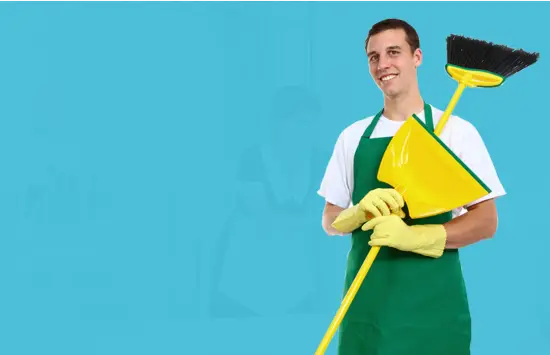
Professional Cleaning Services in Brisbane
book now
Recent Posts
-

Top 10 Bond Cleaning Tips to Ensure You Get Your Full Deposit Back
January 18, 2024
Admin
-
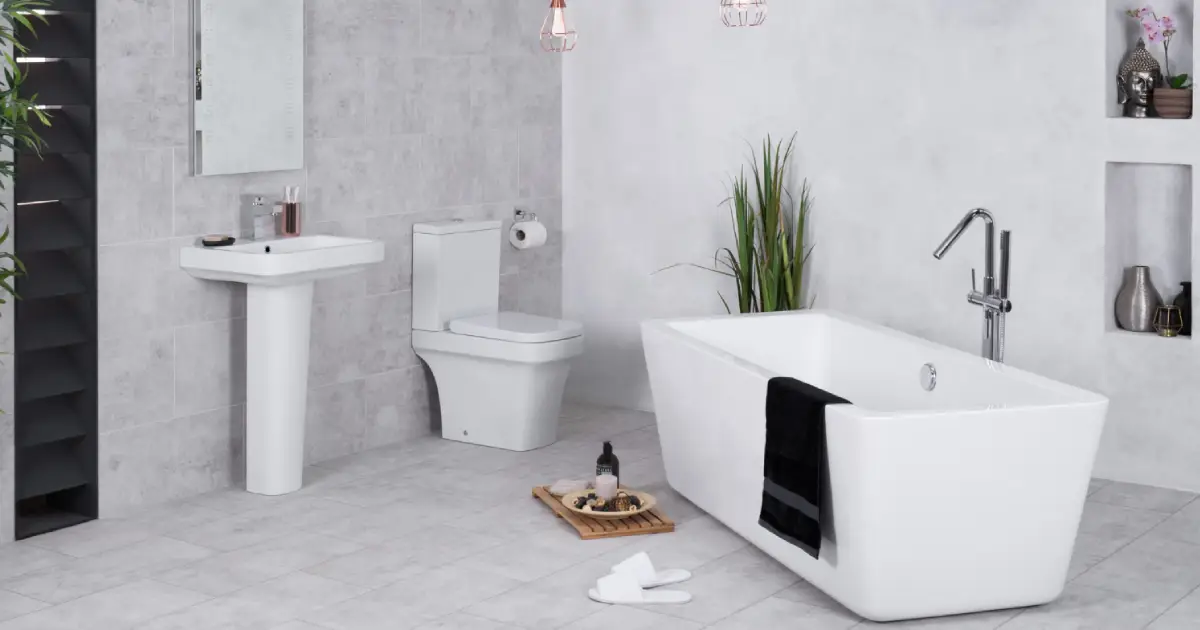
The Ultimate Guide to Getting Rid of Bathroom Odors
December 30, 2023
Admin
-

Renter's Guide to End-of-Lease Cleaning: Scrubbing Away Stress!
December 28, 2023
Admin
-

How to Eliminate Drain Flies
December 04, 2023
Admin
-

A Comprehensive Guide to Polishing Tiles
December 04, 2023
Admin
-
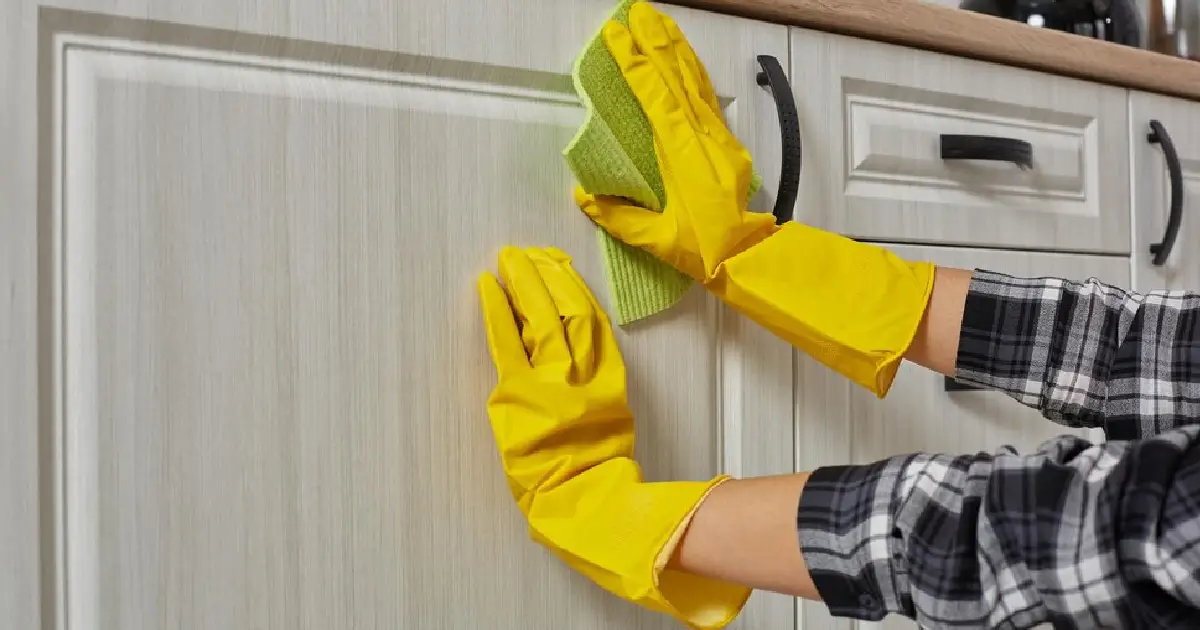
Why Do Your Cabinets Need More Attention Than You Think?
November 16, 2023
Admin
-
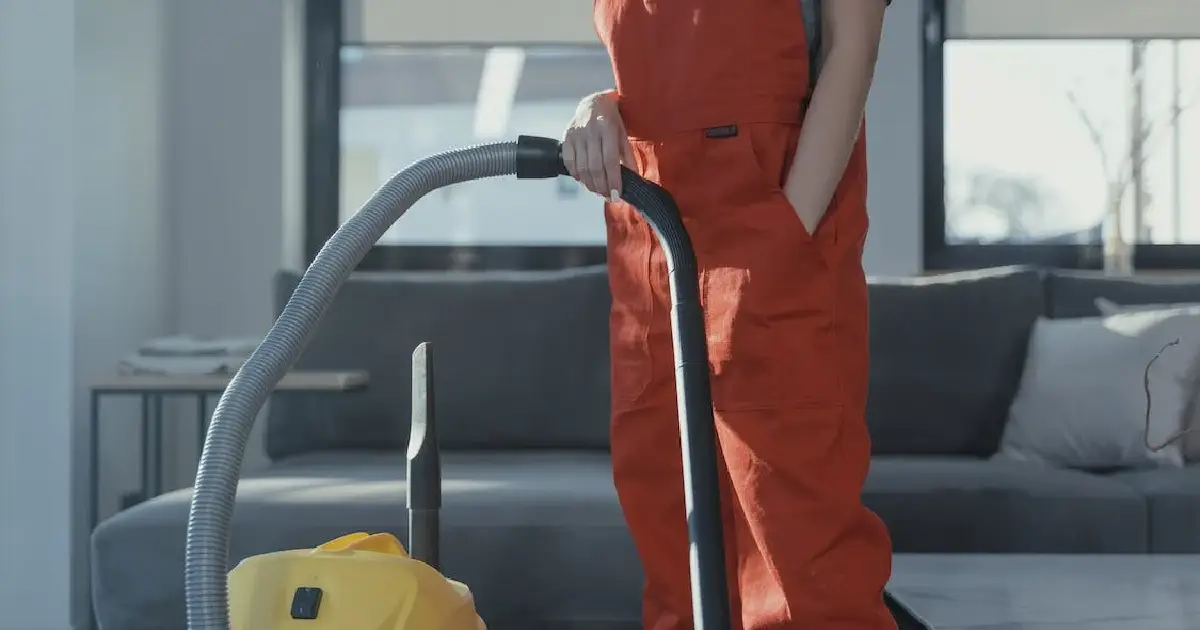
Are Upholstery Cleaners Worth It?
October 30, 2023
Admin
-
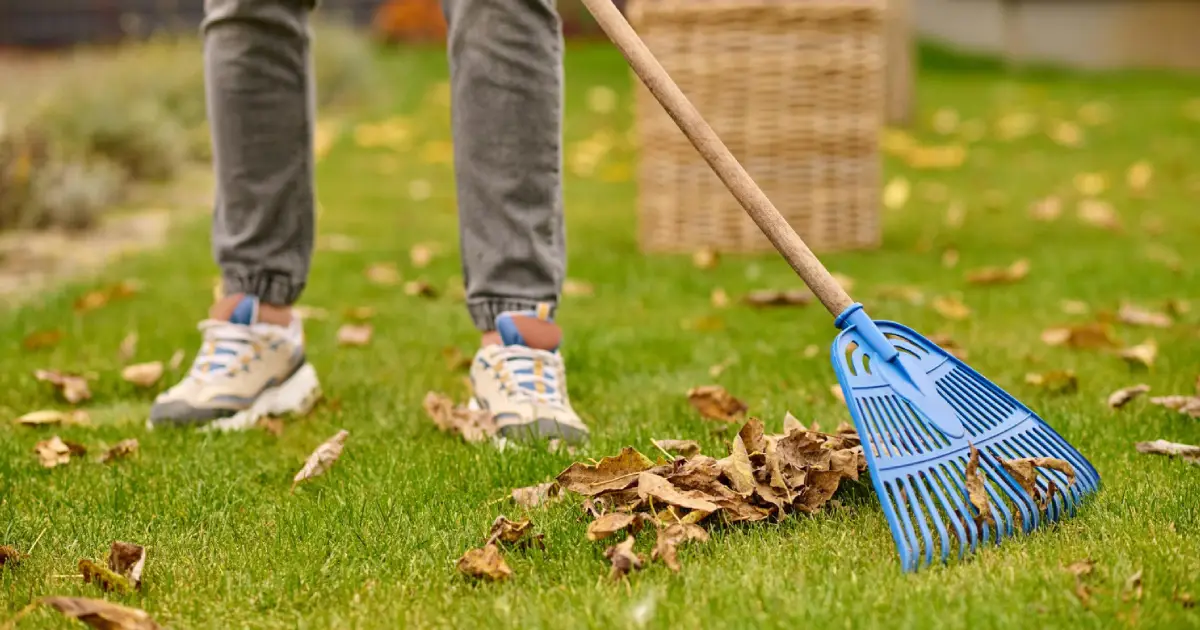
The Ultimate Winter Cleaning Checklist For Your Home
August 03, 2023
Admin
-

Winter Care: Effective Upholstery Cleaning
July 31, 2023
Admin
-
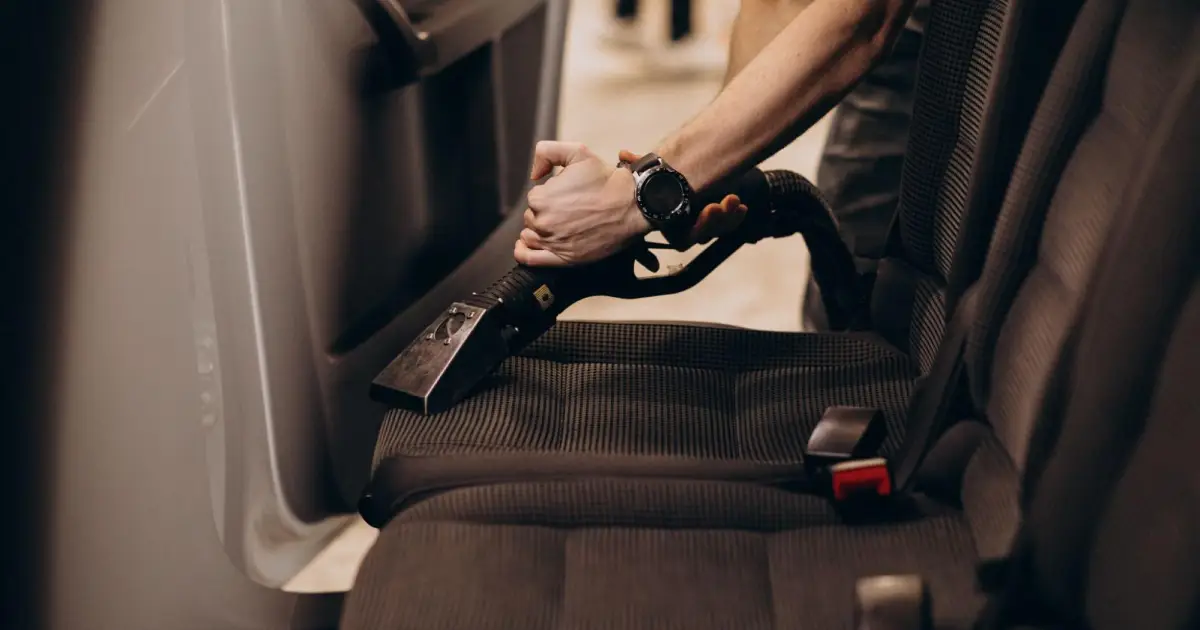
Ten Tips For Carrying Out Your Own Car Maintenance
March 24, 2023
Admin
-

7 Tips for Cleaning Hard-to-Reach Areas in Your Home
March 02, 2023
Admin
-
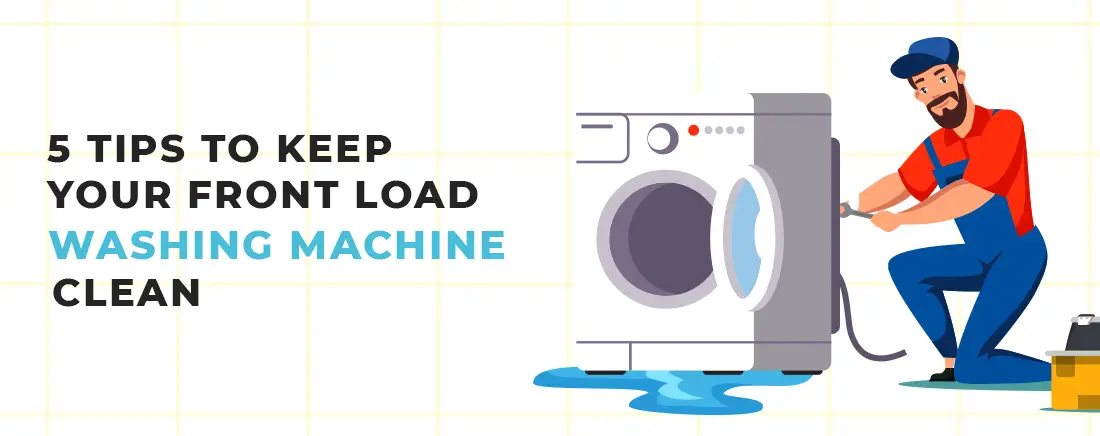
5 Tips To Keep Your Front Load Washing Machine Clean
May 31, 2022
Admin
-

5 Signs Of Pest Infestation In Your House
May 27, 2022
Admin







